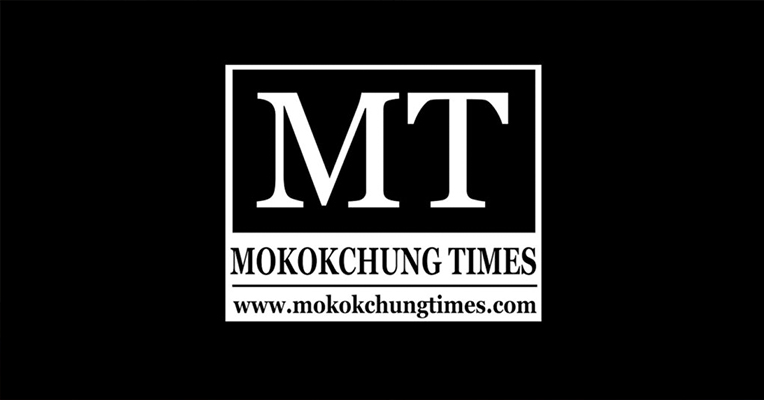A recent advertisement in a local newspaper has generated a discussion on wage disparity and the societal value placed on education. Two advertisements, placed on the same page, have drawn significant attention. The first seeks a driver, offering Rs 10,000 per month with a requirement of 5 years of experience. The second advertisement is for a school science teacher and a BK teacher, offering Rs 8,500 per month and demanding a Bachelor’s or Master’s degree in science and commerce respectively. This disparity has raised questions about the prioritization of job roles in society.

Amzo, a researcher in Kohima, expressed his concerns: “The primary issue evident from this advertisement is the prioritization of profit over education. Schools are run like corporate businesses, and teachers are not highly regarded in our society. Students study merely to obtain degrees rather than acquiring knowledge, leading to a culture of memorization just to clear exams. Offering lower salaries to teachers compared to drivers devalues the teaching profession and undermines their dignity.”
However, a Naga researcher at the Indian Institute of Science Education and Research (IISER) Kolkata presented a different perspective. “The issue stems from the poor quality of education. Many individuals with BSc/MSc degrees struggle to pass a class 10 science exam if asked to write it with one night’s preparation. This is because degrees are often awarded without proper knowledge, resulting in a surplus of degree holders. Drivers, on the other hand, demonstrate their competence or incompetence within days,” the researcher explained.
The researcher at the IISER further elaborated on the wage disparity: “Few people aspire to become drivers, making it a job with very few applicants. Conversely, many degree holders are unable to demonstrate practical knowledge. If you ask someone with a BA, MA, BSc, or MSc to give a one-hour lecture on any topic of their choice with just 10 minutes of preparation, the list of educated unemployed would drop significantly. However, a driver’s skills are immediately evident.”
He added, “Even those who are truly knowledgeable suffer due to the oversupply of degree holders. Kohima Science College alone produces approximately 75 Chemistry graduates annually, up from around 15 in the past—a 500% increase.”
“This trend is widespread. Something is valuable only if it is rare. When it becomes common, it loses its value, resulting in cheap labor,” added the researcher.
Ayim, a teacher in Mokokchung shared his perspective, noting, “In the private sector, wages depend on who is hiring and the level of competition; so employees doesn’t really have a say.”
As the debate continues, the question of where Nagaland places its educational value remains crucial. The contrast in wages between the advertised roles highlights a broader issue of societal priorities and the valuation of different professions. While some argue that the undervaluing of educators reflects a systemic issue where profit is prioritized over education, others point to the quality and practical application of academic qualifications as a significant factor in wage disparities.
In Nagaland, the challenge lies in aligning educational outcomes with societal needs and expectations. Addressing these disparities may require a reevaluation of how education is valued and how different roles are compensated in relation to their societal contribution. As this discussion unfolds, it will be important for policymakers, educators, and the community to consider how best to bridge the gap between educational attainment and equitable compensation.


